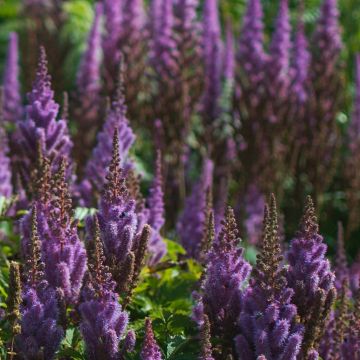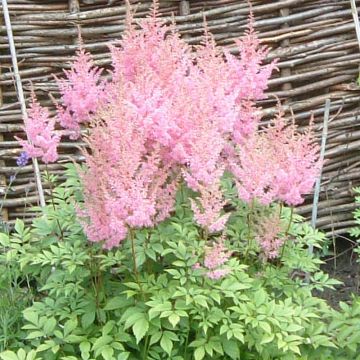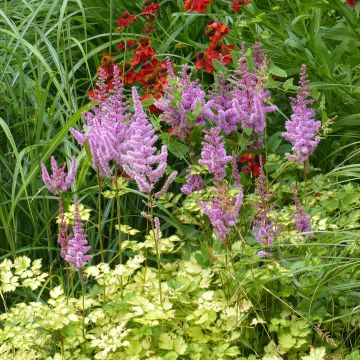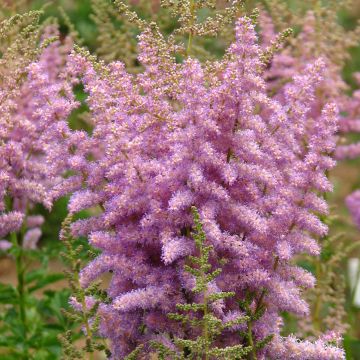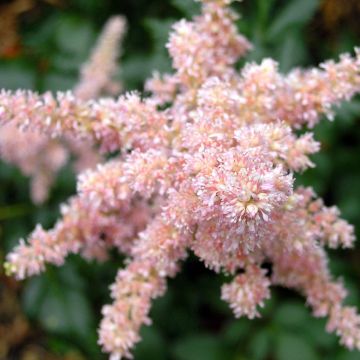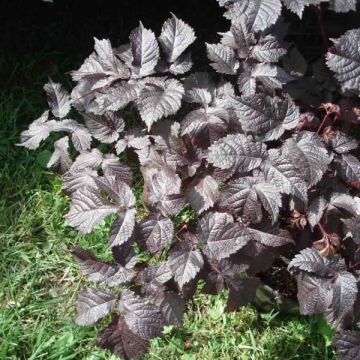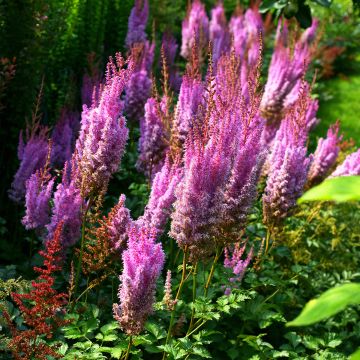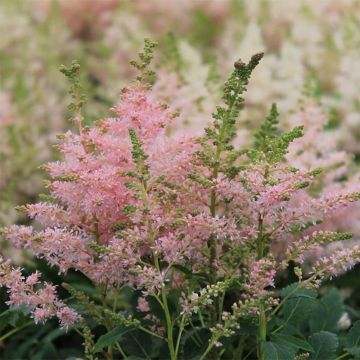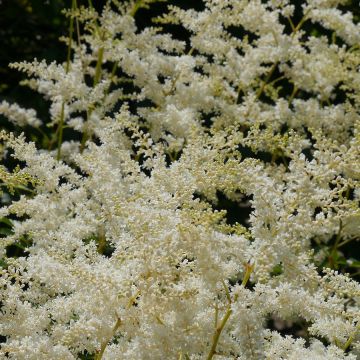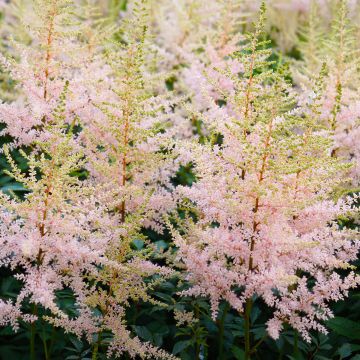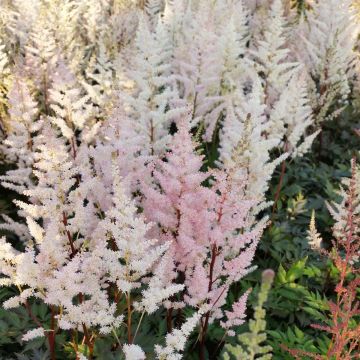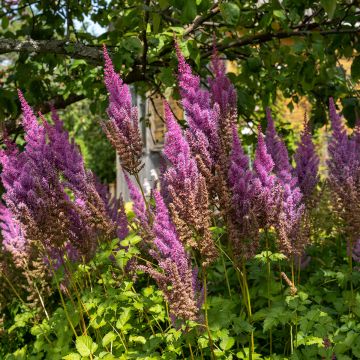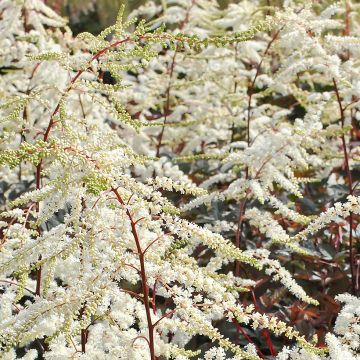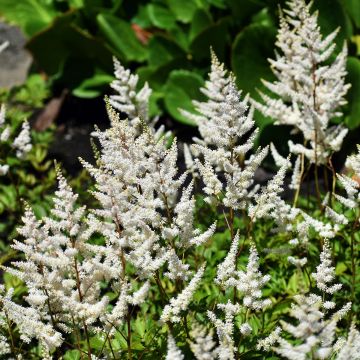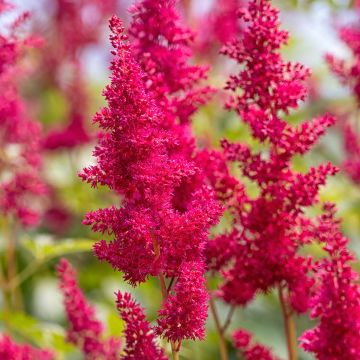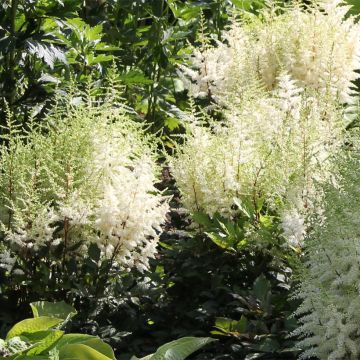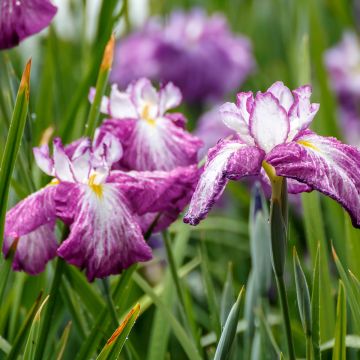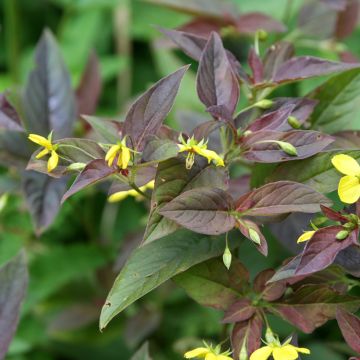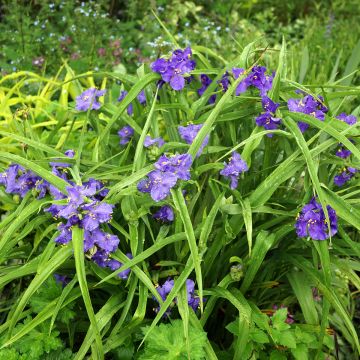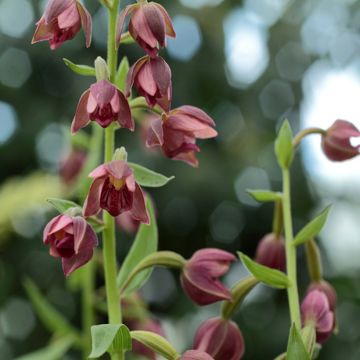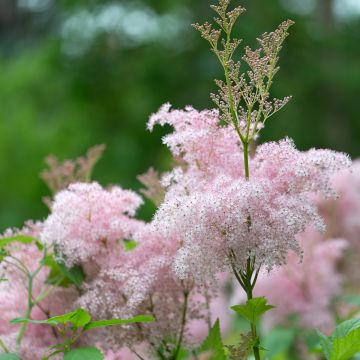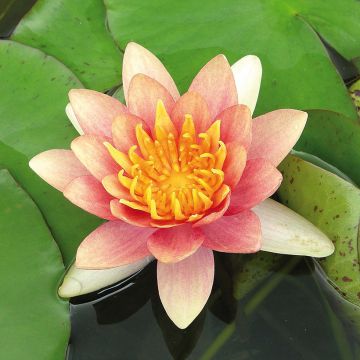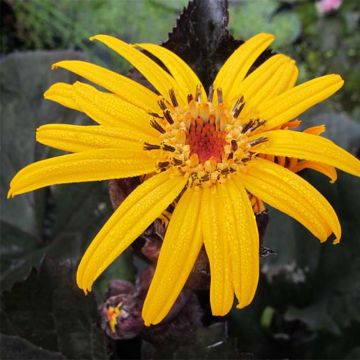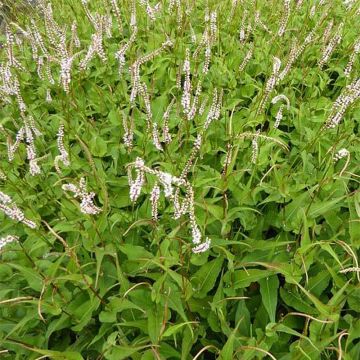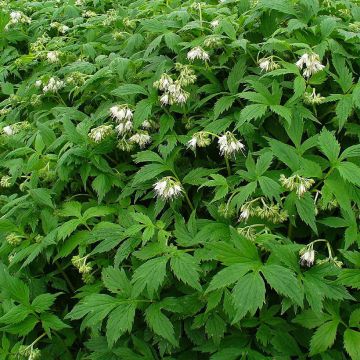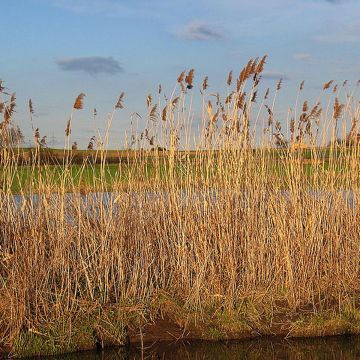Shipping country and language
Your country of residence may be:
Your country of residence is:
For a better user experience on our website, you can select:
Your shipping country:
-
Andorra
-
Austria
-
Belgium
-
Bulgaria
-
Canada
-
Chile
-
Croatia
-
Cyprus
-
Czechia
-
Denmark
-
Estonia
-
Finland
-
France
-
Germany
-
Greece
-
Hungary
-
Iceland
-
Ireland
-
Italy
-
Latvia
-
Lithuania
-
Luxembourg
-
Malta
-
Monaco
-
Netherlands
-
Poland
-
Portugal
-
Romania
-
Slovakia
-
Slovenia
-
Spain
-
Sweden
-
Switzerland
-
United Kingdom
We only deliver seed and bulb products to your country. If you add other products to your basket, they cannot be shipped.
Language:
-
French
-
German
-
Spanish
-
English
-
Italian
My Account
Hello
My wish lists
Log in / Register
Existing customer?
New customer?
Create an account to track your orders, access our customer service and, if you wish, make the most of our upcoming offers.
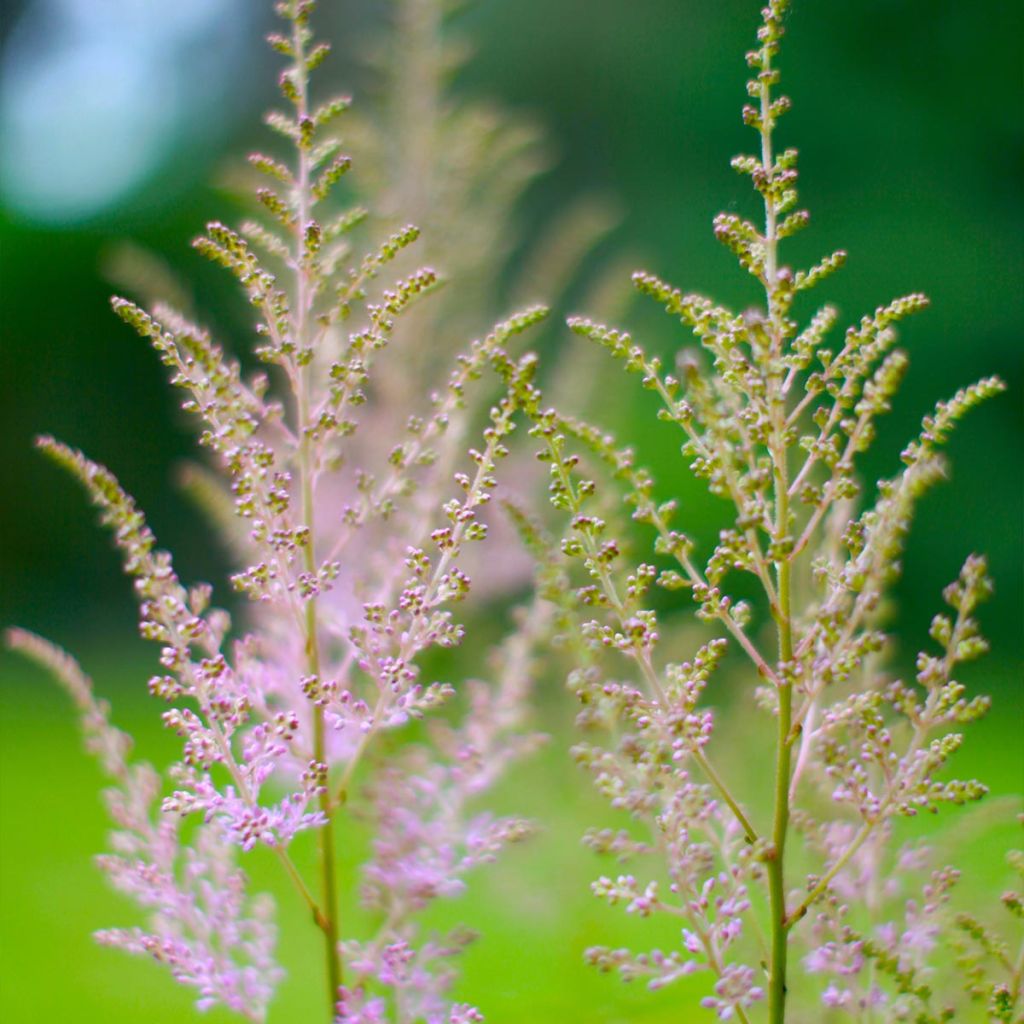

Astilbe rivularis var. myriantha - False Spirea
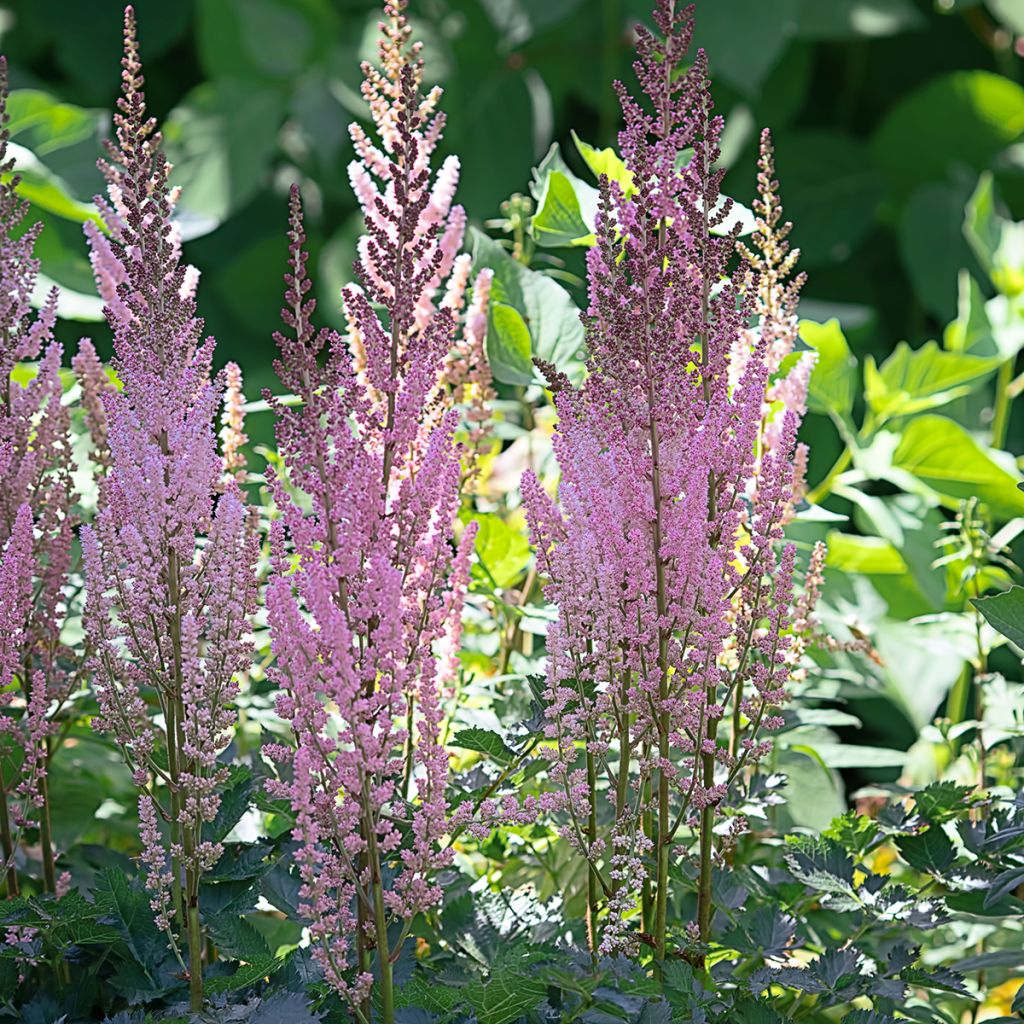

Astilbe rivularis var. myriantha - False Spirea
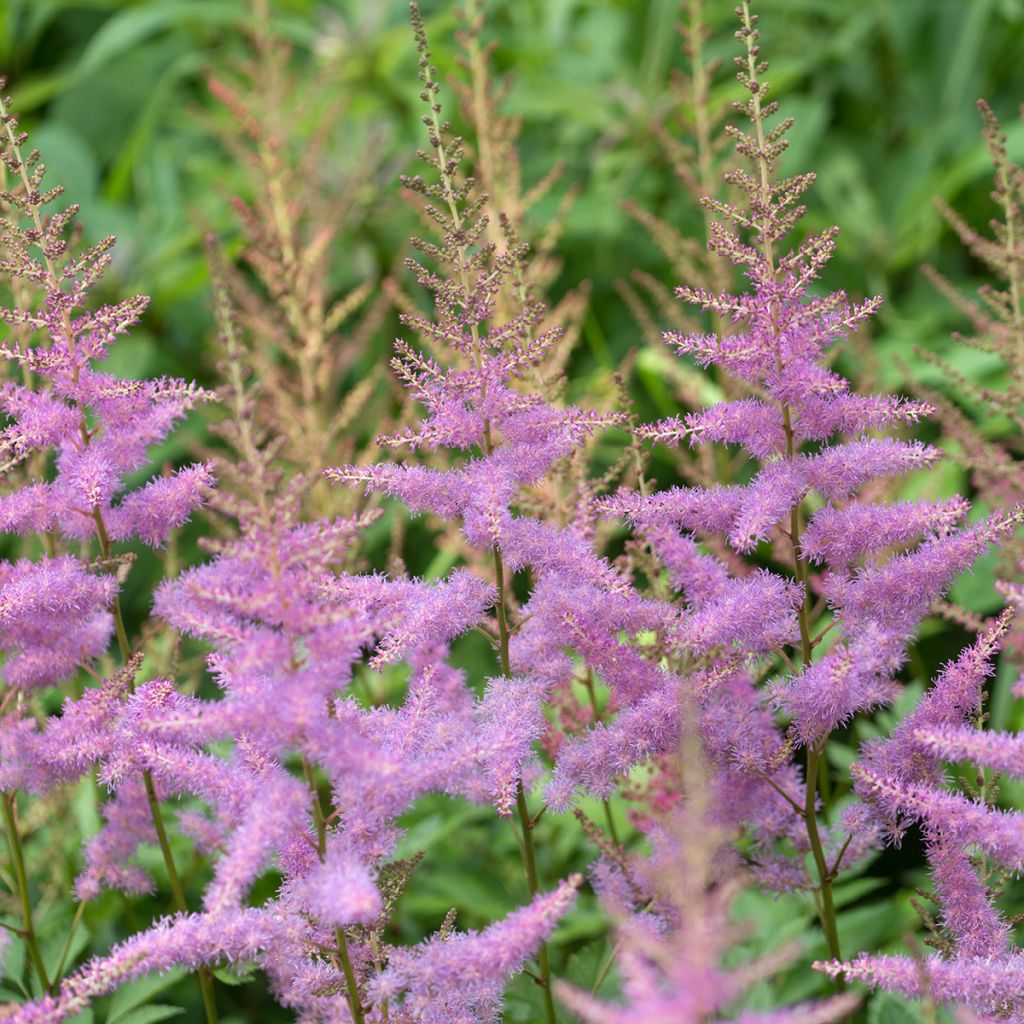

Astilbe rivularis var. myriantha - False Spirea
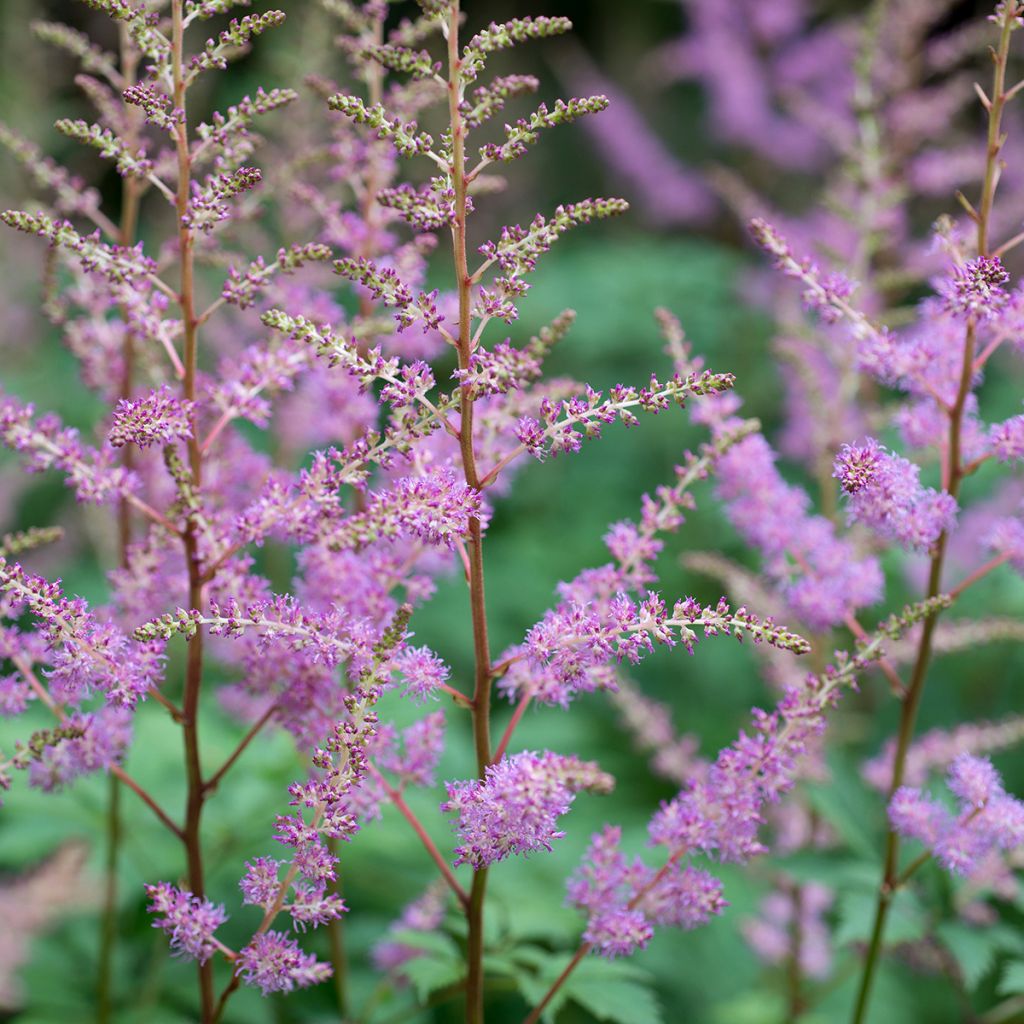

Astilbe rivularis var. myriantha - False Spirea
Astilbe rivularis var. myriantha - False Spirea
Astilbe rivularis var myriantha
Astilbe, False Spirea
Why not try an alternative variety in stock?
View all →Order in the next for dispatch today!
Dispatch by letter from €3.90.
Delivery charge from €5.90 Oversize package delivery charge from €6.90.
More information
This item is not available in your country.
Schedule delivery date,
and select date in basket
This plant carries a 12 months recovery warranty
More information
We guarantee the quality of our plants for a full growing cycle, and will replace at our expense any plant that fails to recover under normal climatic and planting conditions.
From €5.90 for pickup delivery and €6.90 for home delivery
Express home delivery from €8.90.
Does this plant fit my garden?
Set up your Plantfit profile →
Description
Astilbe myriantha (Syn. A. rivularis var. myriantha) is similar to the A. rivularis species, but it produces later, pale pink inflorescences instead of white ones, which are more flexible and branched. Its growth is also more significant, making it a magnificent plant for the moist locations it loves. Its tall floral stems dominate a bunch of finely cut green leaves, giving it a beautiful elegance. A perennial plant that will delight Himalayan flora enthusiasts!
Astilbe myriantha, from the Saxifragaceae family, originates from Southwest China and the Himalayas, specifically Nepal. It is an herbaceous perennial plant with a rhizomatous root system that is adapted to humus-rich and moist soils, and is quite water demanding. Within a few years it forms a beautiful clump of foliage that somewhat resembles a fern. This foliage, which emerges in spring, is composed of a group of leafy stems. The leaves are compound, with deeply toothed large leaflets, of a medium green colour. In moderate climates, flowering begins in July-August. Slender floral stems, reaching a minimum height of 1.50 m (5ft) (up to 2 m (7ft) in optimal conditions), emerge from the foliage. Abundant, this flowering takes the form of long, branched and pyramidal spikes, with a feathery appearance, where numerous tiny flowers cluster together. Their salmon-pink colour becomes lighter at full bloom, then they turn brown as they fade. It is a deciduous plant, with aerial vegetation that dries up and dies in winter, and regrows in spring.
This Astilbe myriantha thrives near a water source that serves as a mirror, giving it a unique charm. This very beautiful plant also enjoys gently shaded beds where the soil remains moist even in summer. It can be associated, for example, with lovely shade companions such as ferns and Giant Hostas. Its pink plumes contrast pleasantly with the large flowers of Hydrangeas. Planted in ribbons, Astilbes highlight shaded paths along with Liriope muscari and saxifrages. Their fern-like foliage lightens that of their opulent neighbors. Also, consider pairing them with rhubarbs. Their feathery blooming complements that of persicarias or bugbanes. Astilbes can tolerate exposure to the sun if it is filtered and the soil remains consistently moist.
Report an error about the product description
Astilbe rivularis var. myriantha - False Spirea in pictures
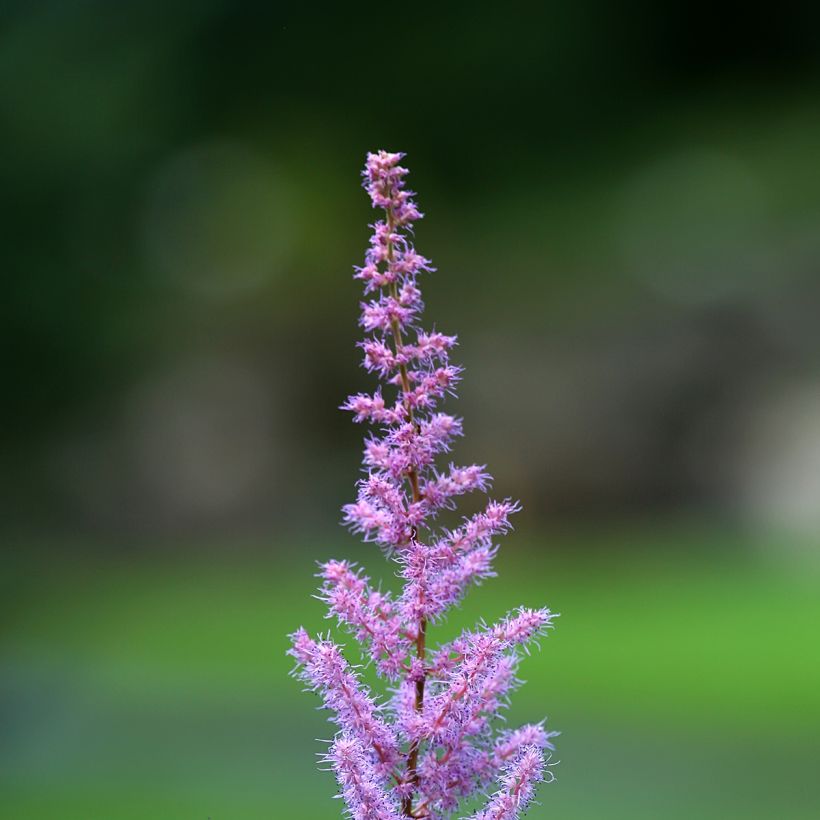

Flowering
Foliage
Plant habit
Botanical data
Astilbe
rivularis
var myriantha
Saxifragaceae
Astilbe, False Spirea
Himalayas
Other Astilbe - False Goatsbeard
Planting and care
Astilbe rivularis var myriantha prefers to be planted in moist and heavy soil, in partial shade. It will tolerate moist soil but not dry, and a sunny exposure if it is filtered. It does not tolerate very chalky soils well and particularly appreciates soils rich in humus. Optionally add compost in spring, or a complete fertiliser rich in potash, to promote abundant flowering. It is a perennial that is not afraid of the cold, being perfectly hardy down to at least -20 °C. Furthermore, it is not sensitive to diseases and has few natural enemies. At the end of flowering, you can cut the faded stems to allow the clump to regenerate.
Planting period
Intended location
Care
This item has not been reviewed yet - be the first to leave a review about it.
Aquatic plants
Haven't found what you were looking for?
Hardiness is the lowest winter temperature a plant can endure without suffering serious damage or even dying. However, hardiness is affected by location (a sheltered area, such as a patio), protection (winter cover) and soil type (hardiness is improved by well-drained soil).

Photo Sharing Terms & Conditions
In order to encourage gardeners to interact and share their experiences, Promesse de fleurs offers various media enabling content to be uploaded onto its Site - in particular via the ‘Photo sharing’ module.
The User agrees to refrain from:
- Posting any content that is illegal, prejudicial, insulting, racist, inciteful to hatred, revisionist, contrary to public decency, that infringes on privacy or on the privacy rights of third parties, in particular the publicity rights of persons and goods, intellectual property rights, or the right to privacy.
- Submitting content on behalf of a third party;
- Impersonate the identity of a third party and/or publish any personal information about a third party;
In general, the User undertakes to refrain from any unethical behaviour.
All Content (in particular text, comments, files, images, photos, videos, creative works, etc.), which may be subject to property or intellectual property rights, image or other private rights, shall remain the property of the User, subject to the limited rights granted by the terms of the licence granted by Promesse de fleurs as stated below. Users are at liberty to publish or not to publish such Content on the Site, notably via the ‘Photo Sharing’ facility, and accept that this Content shall be made public and freely accessible, notably on the Internet.
Users further acknowledge, undertake to have ,and guarantee that they hold all necessary rights and permissions to publish such material on the Site, in particular with regard to the legislation in force pertaining to any privacy, property, intellectual property, image, or contractual rights, or rights of any other nature. By publishing such Content on the Site, Users acknowledge accepting full liability as publishers of the Content within the meaning of the law, and grant Promesse de fleurs, free of charge, an inclusive, worldwide licence for the said Content for the entire duration of its publication, including all reproduction, representation, up/downloading, displaying, performing, transmission, and storage rights.
Users also grant permission for their name to be linked to the Content and accept that this link may not always be made available.
By engaging in posting material, Users consent to their Content becoming automatically accessible on the Internet, in particular on other sites and/or blogs and/or web pages of the Promesse de fleurs site, including in particular social pages and the Promesse de fleurs catalogue.
Users may secure the removal of entrusted content free of charge by issuing a simple request via our contact form.
The flowering period indicated on our website applies to countries and regions located in USDA zone 8 (France, the United Kingdom, Ireland, the Netherlands, etc.)
It will vary according to where you live:
- In zones 9 to 10 (Italy, Spain, Greece, etc.), flowering will occur about 2 to 4 weeks earlier.
- In zones 6 to 7 (Germany, Poland, Slovenia, and lower mountainous regions), flowering will be delayed by 2 to 3 weeks.
- In zone 5 (Central Europe, Scandinavia), blooming will be delayed by 3 to 5 weeks.
In temperate climates, pruning of spring-flowering shrubs (forsythia, spireas, etc.) should be done just after flowering.
Pruning of summer-flowering shrubs (Indian Lilac, Perovskia, etc.) can be done in winter or spring.
In cold regions as well as with frost-sensitive plants, avoid pruning too early when severe frosts may still occur.
The planting period indicated on our website applies to countries and regions located in USDA zone 8 (France, United Kingdom, Ireland, Netherlands).
It will vary according to where you live:
- In Mediterranean zones (Marseille, Madrid, Milan, etc.), autumn and winter are the best planting periods.
- In continental zones (Strasbourg, Munich, Vienna, etc.), delay planting by 2 to 3 weeks in spring and bring it forward by 2 to 4 weeks in autumn.
- In mountainous regions (the Alps, Pyrenees, Carpathians, etc.), it is best to plant in late spring (May-June) or late summer (August-September).
The harvesting period indicated on our website applies to countries and regions in USDA zone 8 (France, England, Ireland, the Netherlands).
In colder areas (Scandinavia, Poland, Austria...) fruit and vegetable harvests are likely to be delayed by 3-4 weeks.
In warmer areas (Italy, Spain, Greece, etc.), harvesting will probably take place earlier, depending on weather conditions.
The sowing periods indicated on our website apply to countries and regions within USDA Zone 8 (France, UK, Ireland, Netherlands).
In colder areas (Scandinavia, Poland, Austria...), delay any outdoor sowing by 3-4 weeks, or sow under glass.
In warmer climes (Italy, Spain, Greece, etc.), bring outdoor sowing forward by a few weeks.
